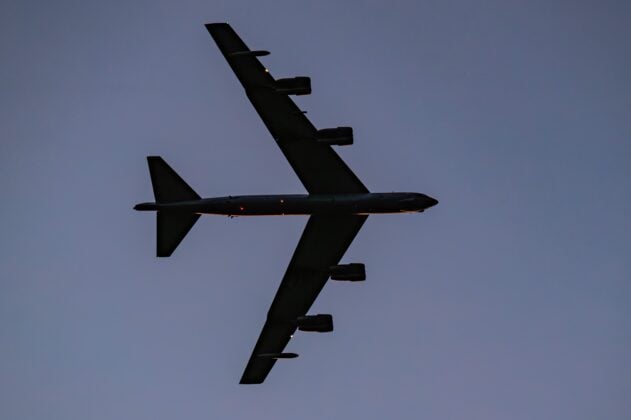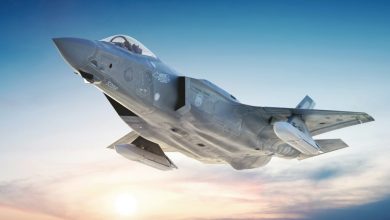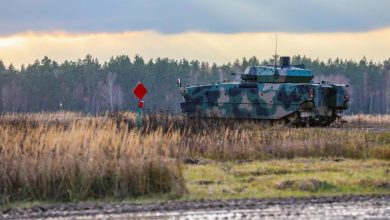U.S. Air Force sends B-52 bombers to Spain

B-52 aircraft from the United States Air Force have arrived at Morón Air Base in Spain as part of Bomber Task Force Europe 26-1, according to information provided by the service.
The bombers deployed from Barksdale Air Force Base, Louisiana, on November 8, 2025, and will conduct multilateral training missions with Finland, Lithuania and Sweden, along with other Allies and partners.
The U.S. Air Force said the deployment allows bomber aircrews to refine tactics, increase flexibility and strengthen coordination with Allied forces. The service described the training as a way to increase warfighting capabilities and readiness by exercising and operating side-by-side with partner nations.
According to the Air Force, the ability to reposition aircraft and crews across regions remains central to maintaining a credible deterrent posture. The service noted that multilateral training of this kind improves responsiveness to emerging threats and supports coordinated defense planning along Europe’s Eastern Flank and in the High North. The bombers will conduct a series of training missions while in theater, the service said.
The Air Force stated that the aircrews will operate in “complex, high-threat airspace” conditions during the exercise. The missions will include training on the find, fix, track and target process, which the service described as central to how bombers and fighters act against threats in real time. As aircrews develop speed and accuracy in target engagement, they will simultaneously train against simulated ground and air-based threats designed to challenge freedom of maneuver.
The service said aircrews will be required to respond decisively to counter these simulated threats and gain air superiority. The coordinated training with Finland, Lithuania and Sweden reflects expanding cooperation among European air forces, including new NATO members and regional partners integrating more closely into collective security frameworks.
The deployment also demonstrates the continuing role of long-range bombers in joint and combined operations. The Air Force noted that operating side-by-side with Allied forces improves shared understanding of procedures, communications, and mission execution, which the service stated directly contributes to readiness. The bombers’ presence in Europe is part of a recurring series of Bomber Task Force deployments intended to maintain interoperability and test sustainment networks across Allied territory.
The B-52, operated by the U.S. Air Force, remains a long-range strategic bomber capable of conducting global strike missions. As stated by the service, deployments of this type allow the aircraft and crews to integrate with a range of Allied air defense, fighter and surveillance systems while practicing coordinated response measures across regions.
The deployment highlights continuing military cooperation between the United States and European Allies at a time when strategic competition and conflict continue to shape regional security planning.





